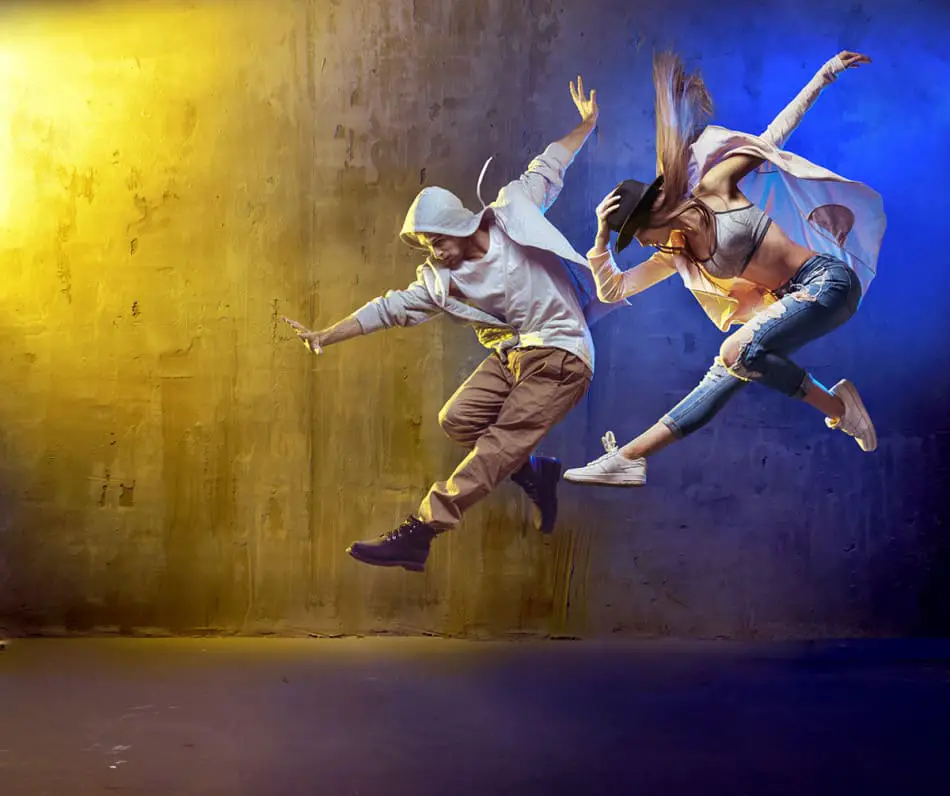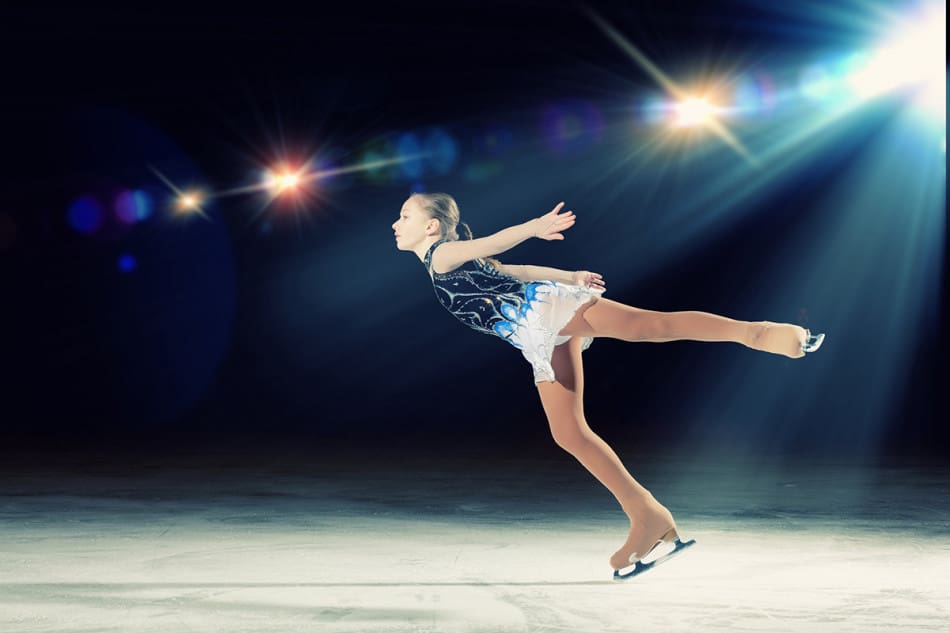At the mention of the word Katana, our mind drifts to the long fearsome swords used by the Japanese in combat.
Learning the techniques in this sword art and becoming a master is quite interesting as most dojos teach people how to use them, however, a question remains, can you teach yourself how to use a Katana?
While you will be able to teach yourself how to hold, practice cuts, turn or make gross movements with the Katana, you cannot teach yourself how to use the Katana effectively, nor can you use it properly without the guidance of an experienced instructor.
Learning how to use a sword like the Katana will improve the mind, body and spirit; however, this can only happen when you follow the right principles.
Read on to find out about these principles and decide if you can learn them yourself.
How to Learn the Art of Katana Swordsmanship
Do you want to learn the art of using the Katana? Read on to find out how to do it the right way.
-> Read Also What Is An Autodidact?
1. Join a Training School

To learn to use a Katana, you need to join a Japanese fighting school. You can sign up at a dojo (martial art school). When it comes to learning how to use a Katana, you have four different learning options:
- Kendo
- Iaido
- Old Kenjutsu Ryu
- Modern disciplines
Your access to these options depends on your location.
You can access the kendo and iaido from within and without Japan.
The third option, the traditional Kenjutsu Ryu, is the least accessible because it is based on old cultural habits and there aren’t many schools that teach that, even in Japan.
The last option is the modern Kenjutsu Ryuha which is taught in several schools in Japan and a few outside Japan.
Kendo and Iaido
Kendo and iaido involve more wellness practices than competitive activities. In Kendo, you learn to become a better person through learning how to hit someone using a katana.
It is sparring. Iaido, on the other hand, is more of drawing and cutting with a katana.
You don’t spar in Iaido but it allows the use of a real sword. You can spar in Kendo but you can’t use a real Katana.
These two were conventionally separate disciplines but it is not unusual to learn both in the same dojo.
Old Kenjutsu Ryu
Traditional Kenjutsu Ryuha involves the preservation of culture through swordsmanship. The primary goal isn’t really to combat but the direct transmission of cultural artifacts.
You won’t last in such schools if you just want to learn how to fight. They seek students who will carry on the traditions and practices. These schools are rare.
Modern Disciplines
Modern Kenjutsu dojos are less conservative than their traditional contemporaries. At these dojos, you can learn to spar and use a real sword in a single discipline.
The discipline taught, Kenjutsu Gekken, is not as limiting as kendo or Iaido.
2. Engage a Private Teacher
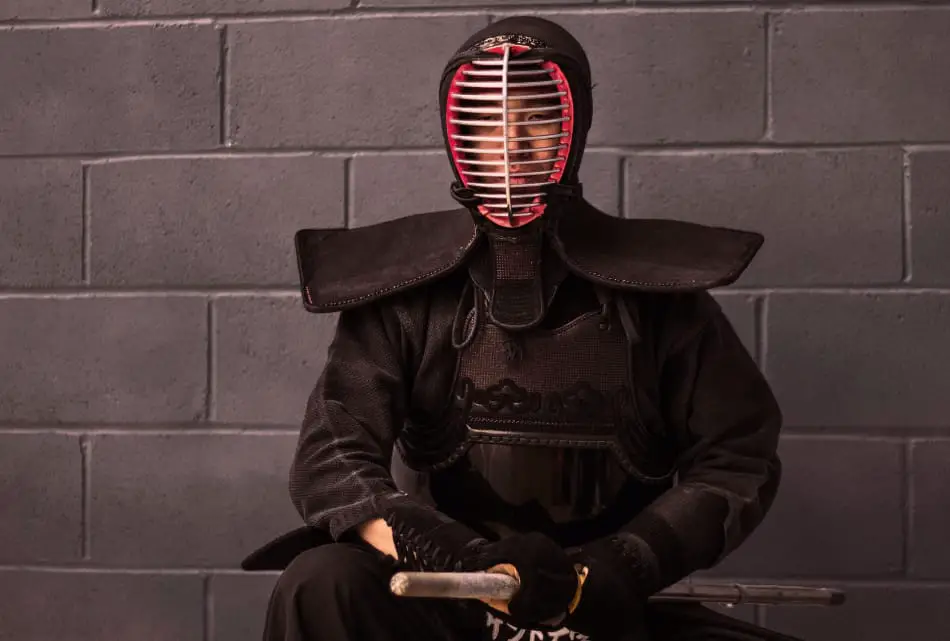
Learning under supervision is crucial to using the Katana, so find a teacher. If there are no sword arts schools around you or within access, you can try seeking out someone who is an expert in the sword’s art.
3. Find Online Teachers
An online meeting like Skype or Google meet can solve the problem of inaccessibility to a teacher/school physically. It is possible to learn how to use the Katana online but you will need a partner to practice your skills with.
Materials You Need to Learn the Katana
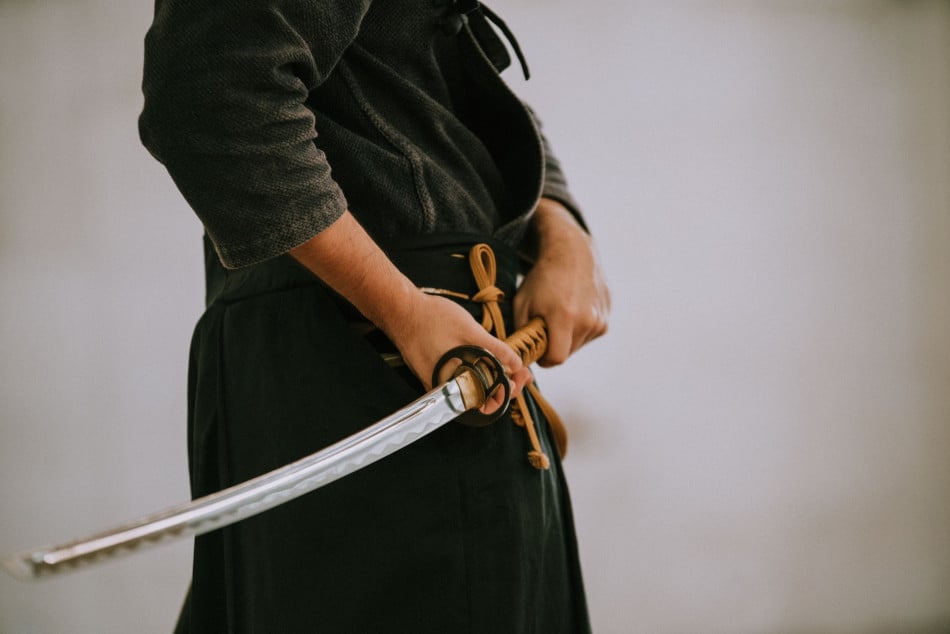
In this section, we’ve put together a compilation of materials you will be needing whether you plan on self-training or getting someone to train you on the use of a Katana.
Practice swords
As a beginner, you don’t start training with the Katana. Hardly would any school or teacher train you with a real sword. You usually use any of the following:
- Wooden swords
- Iaito – A practice sword
- An armor like the Kendo armor.
- DVDs. These would come in handy if (when) practicing by yourself. The Samurai Swordsmanship series (Vol 1, 2, and 3) is a great one to practice with.
- Books such as the Naked Blade, Crimson Steel and Shinkendo by Toshishiro Obata.
Wooden sword
The bokken or bokuto is what most students begin Katana training with. There are several types of bokken available and of different quality levels and prices.
You don’t need to break the bank on one, a simple hardwood bokken will do. However, you can get a polypropylene bokken if you can.
An Iaito
The Iaito is an unsharpened Katana. After learning to use the bokken, you progress to using the Iaito. Some teachers go straight to using this.
The Iaito also is of various types, quality and price range. Most Japanese Iaito are lighter than the western ones.
Now, when seeking out a dojo or a teacher, you must drop the fantasy of fighting with a Katana. Using a Katana is an honorable art. Not one you learn for the streets or fun. Don’t be that person who is all about the skills alone.
Whether online or physically, learning to use the Katana takes a while. Mastery of the sword can take as long as a lifetime.
Patience, diligence, curiosity, and visual perception are required. So, be ready to put in all the work. Practice the basics as many times over as possible.
Katana Skills that can be Self-Taught and those that Cannot
Learning Katana is demanding, painful and challenging; all the more if you are doing it all by yourself. Without a teacher, you’re likely to get it wrong; posture, technique, stance, hand and feet movements, and attacks.
There are some basic skills you can pick up on your own. The table below summarizes what you can and those you can’t learn by yourself.
| Skills You Can Self-Learn | Skills You Can’t Self-Learn |
| Basic Iaido forms | Reflex intuition |
| Cutting | Reaction drills |
| Drawing | Sixth sense |
| Tameshigiri forms | Sparring |
(Table adapted from Quora)
The Katana, like every other sword, was designed for combat. The subtleties of the art require that you learn to manage the chaos of a duel. However, its pursuit is more than just winning.
The purpose of Katana’s swordsmanship is to improve your heart and spirit. This is because the weapon minus the body is practically useless. The wielder of the sword is the sword; you are the Katana.
Using a Katana isn’t a one-man act, it’s a conversation. So also, learning its use isn’t a solo endeavor.
Books and videos are supplementary materials to live study. They shouldn’t replace actual instructions from a teacher.
Having a teacher with you along your learning journey is critical. A trained eye will see and help correct your flaws.
A teacher ensures that you develop the proper form and attitude, interpret instructions correctly, and develop good habits.
Reasons why Teaching Yourself to Use the Katana Might be Dangerous

As easy as it might seem by watching the masters do it, here are a few reasons why we think you should get supervision from an expert when learning to use the Katana.
Safety Reasons
Without proper form and technique, wielding the Katana is very dangerous.
You have to be careful with a Katana because in a split second and by a few inches, you may cause an injury that will scar you for life.
Even Kenjutsu masters make mistakes with the sword.
A person with a Katana is a danger to themselves and to others, especially a person with little or no experience. It is a sharp sword.
You may swing wrongly, miss the scabbard when sheathing, or draw incorrectly. You may have a few leg injuries, side cuts or even lose a few fingers.
After all, the Katana wasn’t designed for play but to maim and kill.
Defects in Form and Techniques
Teaching yourself the Katana would introduce so many artifacts into your swordsmanship that it would be just about useless. These discrepancies will go unnoticed as no one is there to see and correct them.
Your form would become defective, leading to sloppy use of the Katana. You spend more extended time and you react slowly. Videos can help only to a certain extent.
You can’t have conversations alone, can you? Kendo involves dialogue but with a sword-the Katana: actions and reactions.
Your muscles need a sense of their own to be able to think for themselves and react appropriately. Also, your footwork will be lacking precision and accuracy.
If you do not train with others, you can’t learn these. You’d only be reinforcing bad habits because your sixth sense, those muscles, and those reactions will never develop.
Learning by yourself is risky because you may never be able to overcome the issues developed by training alone.
-> Learn More about Self-Learning vs. Classroom Learning: Which Is Better?
Final Thoughts
Trying to teach yourself how to use a Katana is like learning to waltz without a partner. You may know the theory but you’d never be able to do it properly or gracefully. You need a teacher to train and guide you.
You can try to understand the purpose and principles behind the Katana on your own but don’t try learning or using it without guidance.
Whether you learn by yourself or not, either way you’ll need a professional; a teacher, or a surgeon.
Frequently Asked Questions
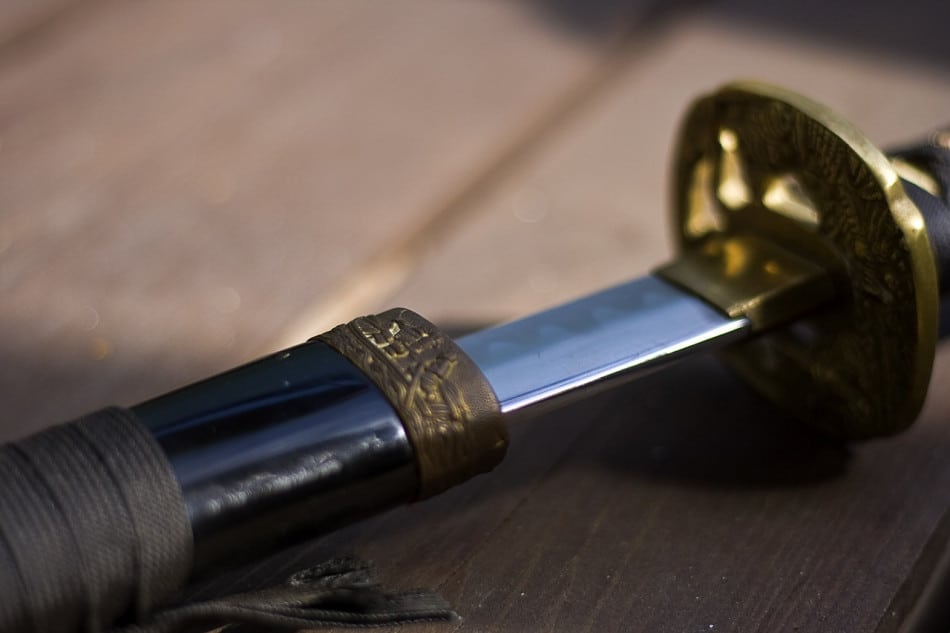
Q: Is the Katana Hard to Use?
Using a Katana is not as difficult as it seems if you have learned how to use it. Although swinging a Katana may seem easy for just anyone, making a proper strike and cut takes time and practice.
Q: Can you Learn the Katana on Your Own?
Not effectively. You may pick up a trick or two on your own. If you are really interested in learning, you’d learn under an instructor.
However, you can practice your skills on your own if you have properly mastered some skills.
Q: Can you train with a Katana?
It is best you train with a wooden sword to start, then progress to a blunt metal practice sword before using a sharp sword. Avoid using the Katana if you are just starting training.
Most schools and teachers do not advise that you train with a katana unless its edges are blunt
Q: What type of Martial Arts uses a Katana?
Traditionally, the Samurai used the Katana in battle and for martial arts.
Modern artists still involve the use of the Katana in various arts, like aikido, iaido, kenjutsu, ninjutsu, kendo, iaijutsu, and battojutsu.
-> Learn more about the 7 best websites for self-learning
References
- https://shinkanryu.org/how-to-self-learn-sword-fighting/
- https://www.quora.com/How-can-I-learn-any-Katana-swordsmanship-at-home-I-recently-forged-a-Katana-and-although-it-isn-t-traditional-I-was-hoping-I-could-learn-even-just-the-basics-at-home-Any-pointers
- https://www.reddit.com/r/SWORDS/comments/3n4kqc/id_like_to_learn_how_to_use_japanese_Katana_is/
- https://www.theburningofrome.com/users-questions/can-you-teach-yourself-sword-fighting/
- https://kendoandphilosophy.wordpress.com/2018/12/28/is-kendo-swordsmanship/
- https://www.reddit.com/r/SWORDS/comments/3n4kqc/id_like_to_learn_how_to_use_japanese_Katana_is/



